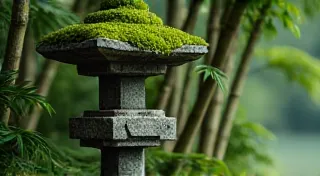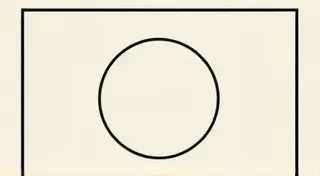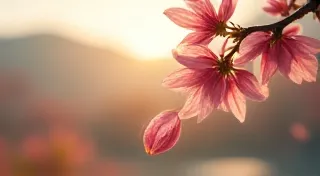Echoes of the Past: Tracing Mokuhanga’s Historical Threads
There’s a quiet dignity in old things, isn’t there? Something in the patina of age, the subtle wear that speaks of a life lived, a purpose served. I feel it acutely when I’m working on a Mokuhanga print. Each delicate curve carved into the wood, the nuanced layering of color – these aren't just technical processes; they’re echoes of centuries past. They whisper of artisans dedicated to their craft, of a culture deeply intertwined with the natural world, and of a legacy that continues to inspire.
Mokuhanga, often translated as "woodblock printing," is far more than just a technique. It's a window into the soul of Japanese art and culture, a vibrant thread woven through centuries of artistic evolution. To truly appreciate the beauty of a Mokuhanga print, it’s vital to understand its historical roots and the cultural significance that permeates every mark. The enduring power of these prints often lies in their ability to distill complex emotions and narratives into a deceptively simple form, pushing artists to consider beyond representation and the essence of form itself.
The Seed: Buddhist Texts and Early Woodblock
The story doesn't begin with vibrant landscapes or graceful portraits. The earliest forms of woodblock printing in Japan were deeply connected to Buddhism, arriving around the 8th century, likely from China. Initially, these weren't elaborate artworks; they were primarily used to reproduce Buddhist scriptures. Imagine the painstaking labor involved! Each page, meticulously carved into blocks of wood, allowed for the dissemination of sacred texts – a crucial element in the spread of Buddhist teachings.
These early prints were monochromatic, typically a deep black ink, and incredibly detailed. They weren't the beautiful, colorful prints we associate with Mokuhanga today, but they laid the groundwork – both technically and culturally – for what was to come. They represent a dedication to precision, a reverence for text, and a nascent understanding of the power of repeated imagery. This initial application, driven by religious purpose, fundamentally shaped the future development of woodblock printing in Japan.
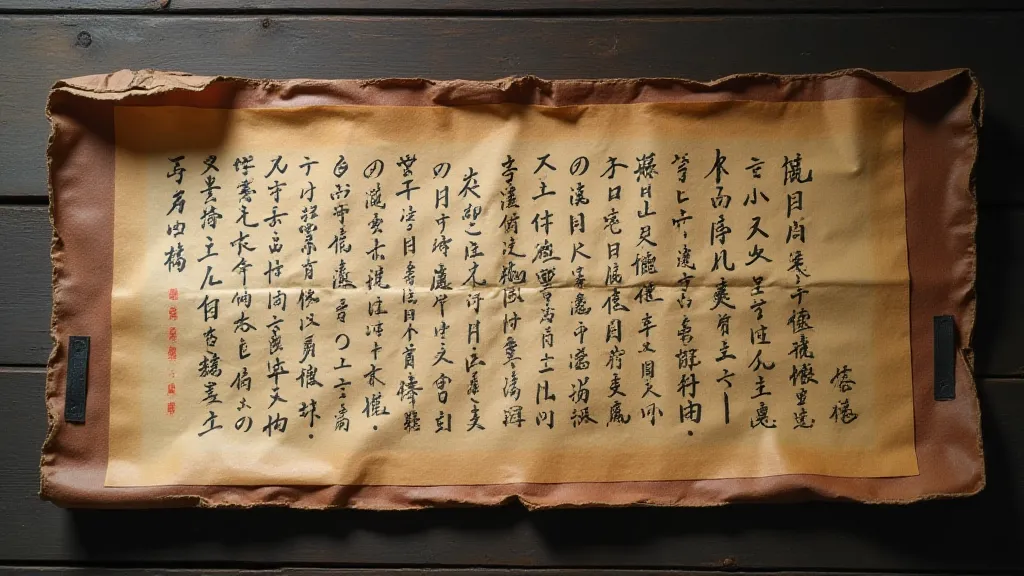
The Rise of Ukiyo-e: A Cultural Explosion
The real transformation happened during the Edo period (1603-1868). This was a time of relative peace and prosperity, leading to a flourishing urban culture and a new class of patrons eager for entertainment. This burgeoning consumer class fueled the rise of “ukiyo-e” – literally "pictures of the floating world." These prints depicted scenes of daily life: beautiful courtesans, brave warriors, lively theater performances, and stunning landscapes. Suddenly, woodblock printing wasn't just a tool for religious texts; it was a vibrant medium for artistic expression and commercial trade.
This shift brought about significant technical advancements. New carving techniques were developed, allowing for greater detail and complexity. The use of multiple blocks – one for the outline, others for different colors – allowed for far more nuanced and evocative imagery. It wasn't solely about mass production; artisans poured their skill and artistry into each print, striving for a balance between technical mastery and aesthetic beauty. The fleeting nature of these moments, so often captured in ukiyo-e, reminds us of ephemeral echoes and how transient beauty shapes Mokuhanga expression.
Think of masters like Hokusai, known for his iconic "The Great Wave off Kanagawa." It’s more than just a picture of a wave; it’s a powerful depiction of nature's force, beautifully rendered through the meticulous layering of colors and the subtle textures of the woodblock carving. His work, and the work of countless others, cemented woodblock printing as a dominant art form. The very act of carving into the wood itself can be seen as a process of revealing what was already present, a philosophy echoed in how artists consider the materials themselves.
Mokuhanga’s Distinction: The Gentle Art of Water-Based Inks
While often grouped with ukiyo-e, Mokuhanga possesses unique characteristics that set it apart. The most significant distinction lies in the use of water-based inks and a gentle carving technique. Unlike many other forms of woodblock printing that rely on harsher, oil-based inks, Mokuhanga uses pigments mixed with glue and water. This allows for softer, more translucent layers of color, creating a characteristic depth and luminosity.
The carving process itself is crucial. Mokuhanga carvers work with the grain of the wood, creating gentle curves and subtle variations in height. This meticulous approach allows for a wider range of tonal values and a far more organic feel to the print. It's a slower, more deliberate process than many other woodblock techniques, demanding patience, precision, and a deep understanding of the material. This reverence for the material itself, allowing its inherent qualities to inform the final product, speaks volumes about the artistic process – almost as if the wood is acting as a wood as witness, documenting time through the hands of the artisan.
The result is a print that breathes. You can almost feel the texture of the wood, the subtle variations in color, the inherent softness of the image. It’s a deeply tactile and visually engaging experience. It requires a respect for the wood itself; a recognition that it's not just a tool, but a living material with its own character and inherent beauty.
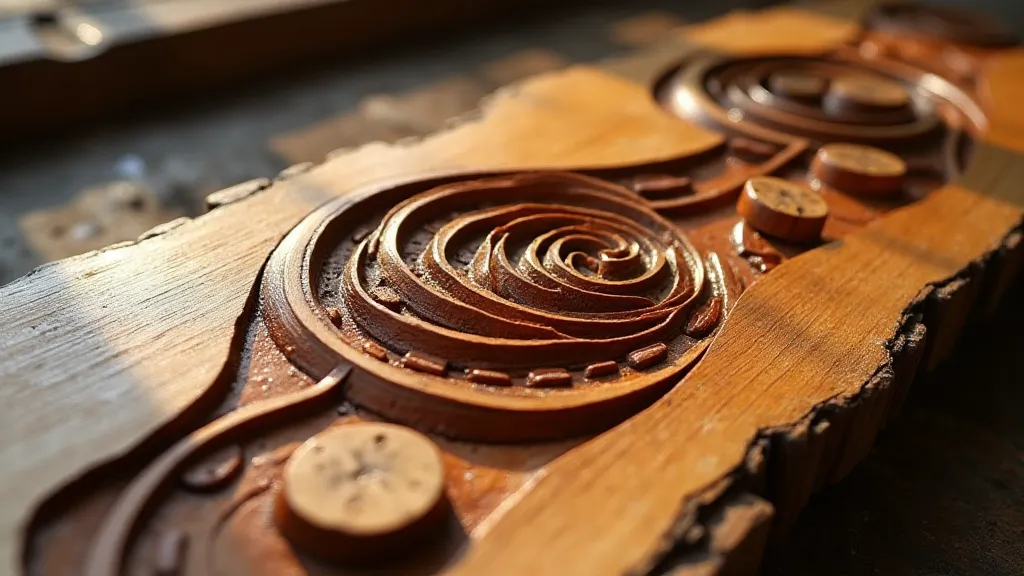
Beyond the Print: The Cultural Resonance
Mokuhanga isn't simply an artistic technique; it’s interwoven with Japanese cultural values. The emphasis on harmony with nature, the appreciation for craftsmanship, the pursuit of beauty in simplicity – all of these principles are reflected in the art form. The use of natural pigments, often derived from plants and minerals, further reinforces this connection to the natural world.
Consider the traditional Japanese aesthetic of *wabi-sabi*, which finds beauty in imperfection and impermanence. This philosophy is perfectly embodied in Mokuhanga. The subtle variations in color, the slight irregularities in the carving – these aren't seen as flaws, but as expressions of the process, as markers of the print's unique journey from wood to paper. The way the artist incorporates these “imperfections” suggests a careful consideration of the relationship between form and expression, mirroring the nuanced interplay of the breath of the brush and incorporating calligraphic sensibility.
In a world increasingly dominated by digital imagery, the enduring appeal of Mokuhanga lies in its tangible quality, its deep connection to tradition, and its ability to evoke a sense of peace and contemplation. It’s a reminder that true beauty often comes from the patient dedication to a craft, from the willingness to embrace imperfection, and from the ability to find inspiration in the simplest of materials. The deliberate slowness and methodical approach needed to create these prints stands in stark contrast to the rapid-fire nature of modern life, offering a space for reflection and mindful engagement.
Collecting & Restoration – A Glimpse into the Past
For those drawn to the allure of history and artistry, collecting Mokuhanga prints, or even assisting with their restoration, offers a unique window into the past. Antique prints can be fragile, often exhibiting signs of age: faded colors, torn edges, or even insect damage. Proper storage and handling are paramount.
Restoration, when approached with sensitivity and respect for the original work, can preserve these treasures for future generations. Understanding the materials – the wood, the pigments, the paper – is essential for any attempt at restoration. It's a field that demands not only technical skill but also a deep appreciation for the history and cultural significance of the art form. The process requires a deep understanding of the materials and the artistic intent behind the original creation, demanding a delicate balance between preservation and intervention.
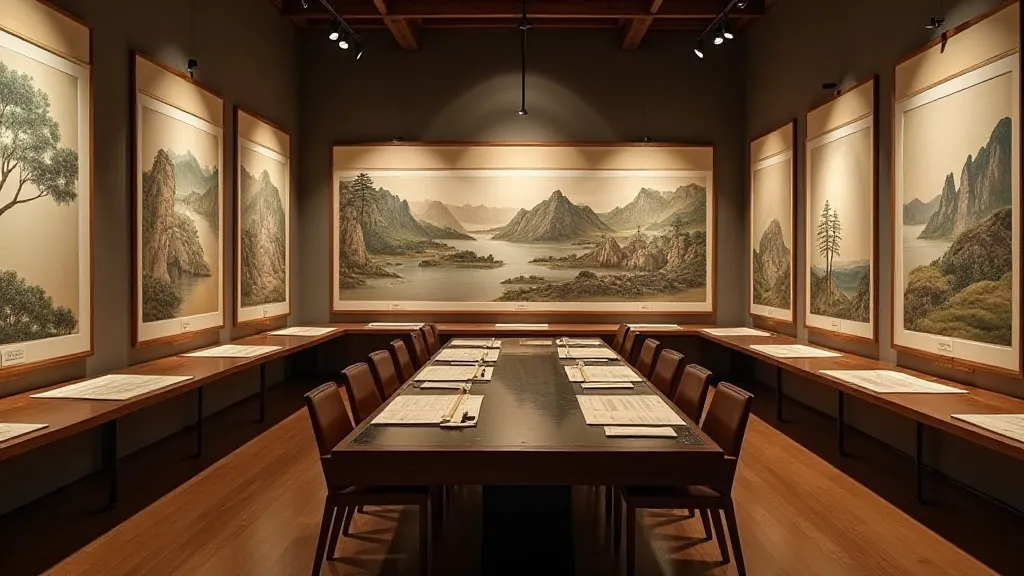
Ultimately, engaging with Mokuhanga, whether as a maker, a collector, or a student, is an act of connecting with centuries of artistic endeavor. It's an opportunity to learn from the past, to appreciate the beauty of the present, and to contribute to the preservation of a truly remarkable art form. The legacy of Mokuhanga extends far beyond the printed image, encompassing a rich tapestry of cultural values, artistic techniques, and historical narratives. It's a continuing conversation between past and present, a testament to the enduring power of human creativity and the beauty of tradition.


